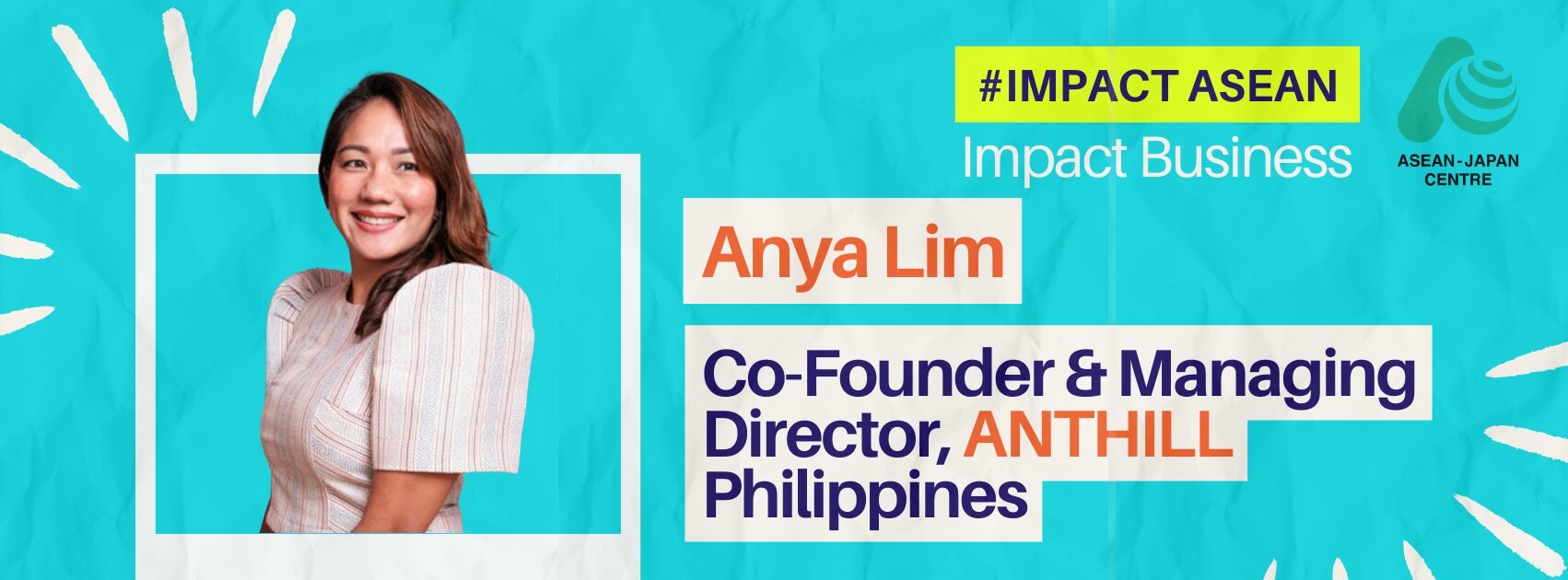Established in 2010, ANTHILL Fabric Gallery, or Alternative Nest and Trading/Trading Hub for Indigenous or Ingenious Little Livelihood Seekers, is an ethical fashion and cultural enterprise working to innovate Philippine indigenous woven fabrics using contemporary and circular design while sustaining the livelihoods of indigenous communities. ANTHILL has supported over 700 Philippine craft artisans and makers.
Anya Lim, ANTHILL’s Founder and “Princess Ant”, shares the decades-long journey of building an impact business that can “become obsolete” and showcasing the beauty and utility of one’s cultural heritage while driving impactful social change.
Read more about Anya’s #impact journey below.

Q. What motivated you to make indigenous weaves the project of your #impact business?
My mom’s bedtime stories were about our Filipino indigenous communities. We spent summers immersing in their cultures, which gave me social awareness from a young age.
Travel also inspired me. I discovered that most countries in Asia have a textile signature – Indian sari, Japanese kimono, Myanmar longyi, Thai silk. I realized the Philippines’ rich weaving traditions were underappreciated, and no one seemed to wear our weaves.
I saw this as both a challenge and an opportunity.
My love for travel and fieldwork pushed me to create something impactful on my own. My motivation code, “impact, explore, and solve,” perfectly fits my work at ANTHILL, as I need to see tangible results and positive change.

Q. How did ANTHILL shift the perception of local woven textiles among Filipino women?
If our goal was to sustain livelihood and preserve culture – we needed to establish market demand.
We were looking for ways to apply our woven textiles in contemporary wear. We were brainstorming – where does our target market spend most of their time? And we realized that most of the women who are investing in fashion really spend their time at work.
So, ANTHILL became a pioneer advocating for wearing weaves every day. We made it accessible and fit for everyday wear.
That was how our retail kicked off in 2014.
Q. What were the launch points of your #impact business?
The early stages began with establishing market access – through business-to-business (B2B) and business-to-consumer (B2C) channels. But how ANTHILL grew was really through B2B channels.
In 2015, we clinched our first huge government contract. We were contracted to create the office uniforms of government agencies, such as the Department of Budget and Management, of different hotels and restaurants, as well as teachers’ school uniforms.
Q. How did ANTHIILL move towards circularity?
In 2017, we ventured into circular activities because we accumulated so much waste from production. We didn’t throw it away because we understood the value of the labour behind every weave.
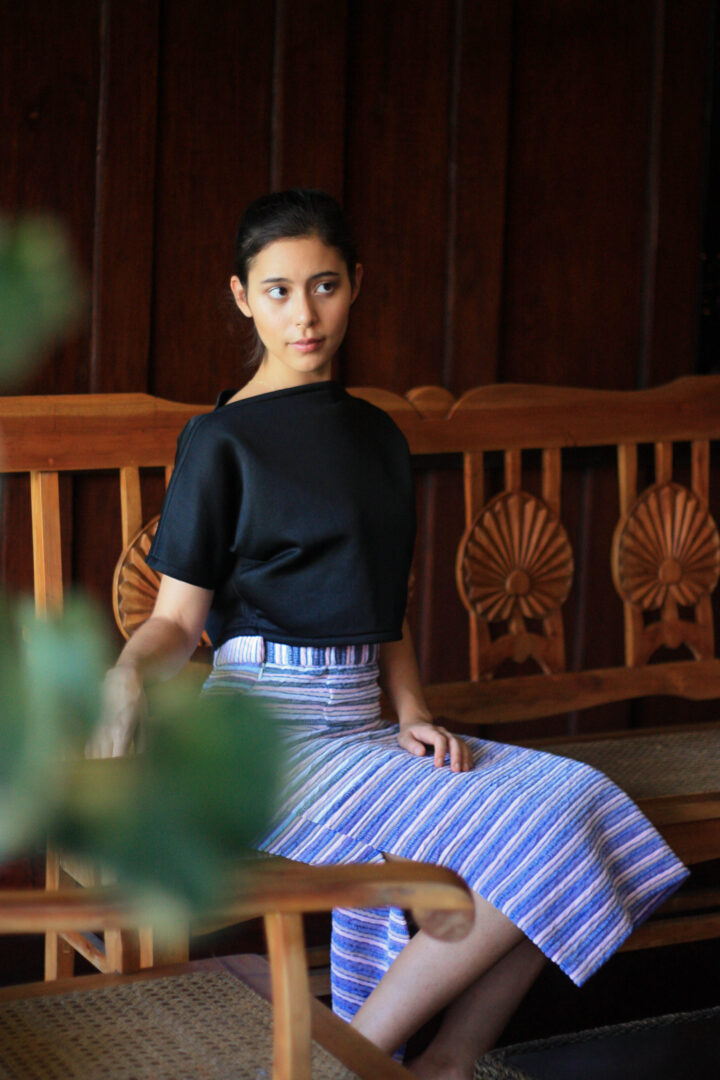
Our textile designer, Jessica, collaborated with our partner community in Argao, to develop the technology of repurposing textile waste. We received donations of old linens and towels from Manila and Hong Kong Peninsula and upcycled them into new fabrics. We constantly invest in research and innovation, and ways we can explore extending the life cycle of materials.
Q. At the centre of ANTHILL’s work is its Community Enterprise Development Program (CEDP). How do you begin your relationship with these communities?
Some people know of ANTHILL as a clothing or fashion store. But at the core of what we really do is capacity building and community development with partner communities. The fabric, textile, and fashion is a means to sustain livelihood.
“To conduct community development well, I learned that you should really know how to listen, to shift the narrative by shifting the way you ask things, and to always design things in a participatory manner.”
We felt that before investing on advertising, or even considering export – we need to invest in community development and the production capacity of our partners first.
For the first 5 years we invested in business skills transfer. We had to professionalize the supply chain so the artisans reach a capacity level where they can produce in volume and understand client standards, lead times, inventory management.
We incorporated financial literacy – for them to understand how an increase in income or productivity would have an impact on their wellbeing. They’re able to save up for the future and improve their way of life.
And as the social issue we are trying to address is cultural continuity, with our Master and Apprentice program we incentivize master weavers by augmenting their income by 20% when they train a younger weaver.
Q. Who are the communities you work with?
Our impact measurement is focused on the four communities we started with.
We started with our first community in Abra in 2010 where we ran our pilot programs. We co-designed our capacity building programs with their artisans because they know best what they need. During this time, we helped them become self-reliant and serve customers beyond ANTHILL, with 98% of their revenue initially coming from us.
Our second community, a tribe in Bukidnon, began their journey with us in 2011. This community’s journey is more of a slow-burn – they’re part of a distant hill tribe, and COVID affected production, but they have experienced growth in productivity and income over recent years.
The third is a doll-making community in Tisa, Cebu, which uses our weaves for indigenous dolls, plush toys, and anatomically correct dolls. Although the pandemic led them to shift priorities, many members have started their own businesses using their savings and business skills gained from ANTHILL’s program – carinderias (sidewalk cafeterias), sari-sari stores (home-based retail stores), and bakeries.
“I learned that an enterprise is successful when it can become obsolete. I think the true test of our impact is when ANTHILL will cease to exist, but our artisans and communities will continue to thrive.“
The fourth community in Argao, Cebu is our circular research and innovation centre – focusing on weaving zero-waste textiles. They continuously receive our investment and grants due to their proximity and significance in our circular initiatives.
Q. We usually invest 10 years in a community before they “graduate” from our program. When is a community ready to “graduate” from ANTHILL’s development program?
We have a set of criteria. First is leadership and governance. When we partner with a community, we ensure there’s a leader, or somebody with a lot of leadership potential.
The usual structure we build is the master weaver and the community manager. Around it you have treasurer, secretary, etc. Once there’s a good relationship between those 2 people and the rest of the community, then there’s a sense of readiness.
Second is if there’s a good market match already. In Abra, for example, we determined this once they started joining trade fairs, and they started working with brands like Rags to Riches, Sarah Juan. They were no longer dependent on us.
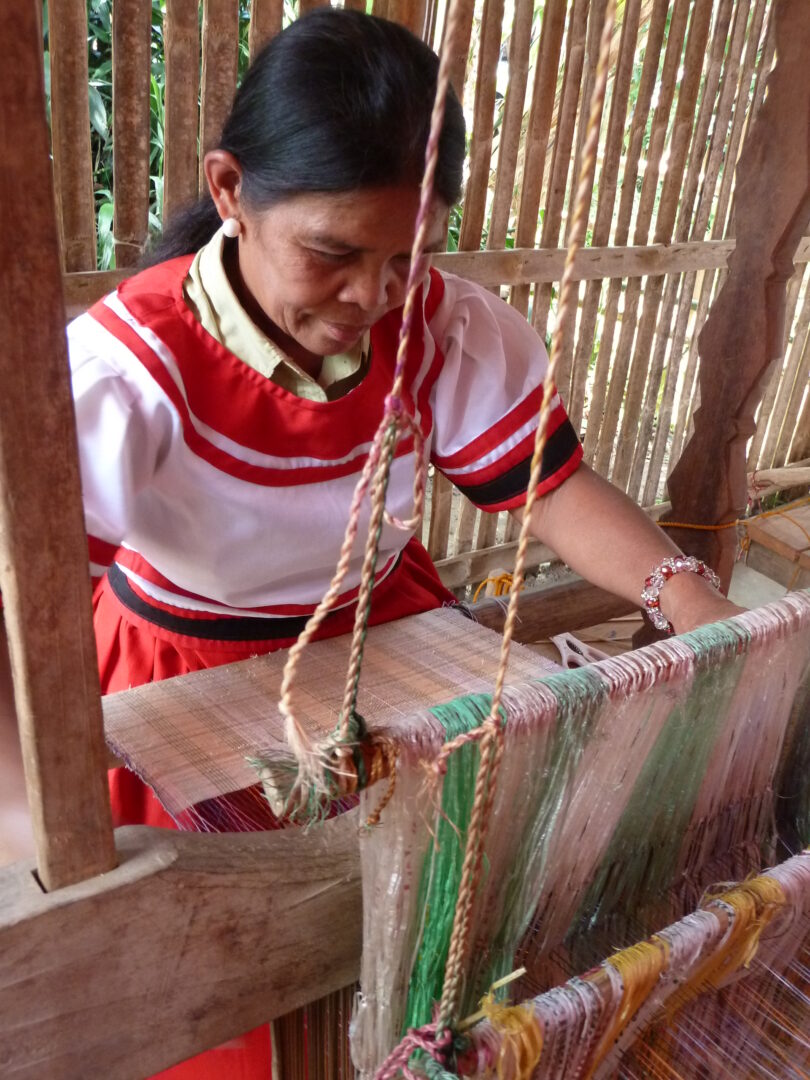
Third is the skill set and a professionalized supply chain. Do they know how to properly cost their products already? Do they know their production capacity? Do they have a consistent number of weavers, and have consistent productivity?
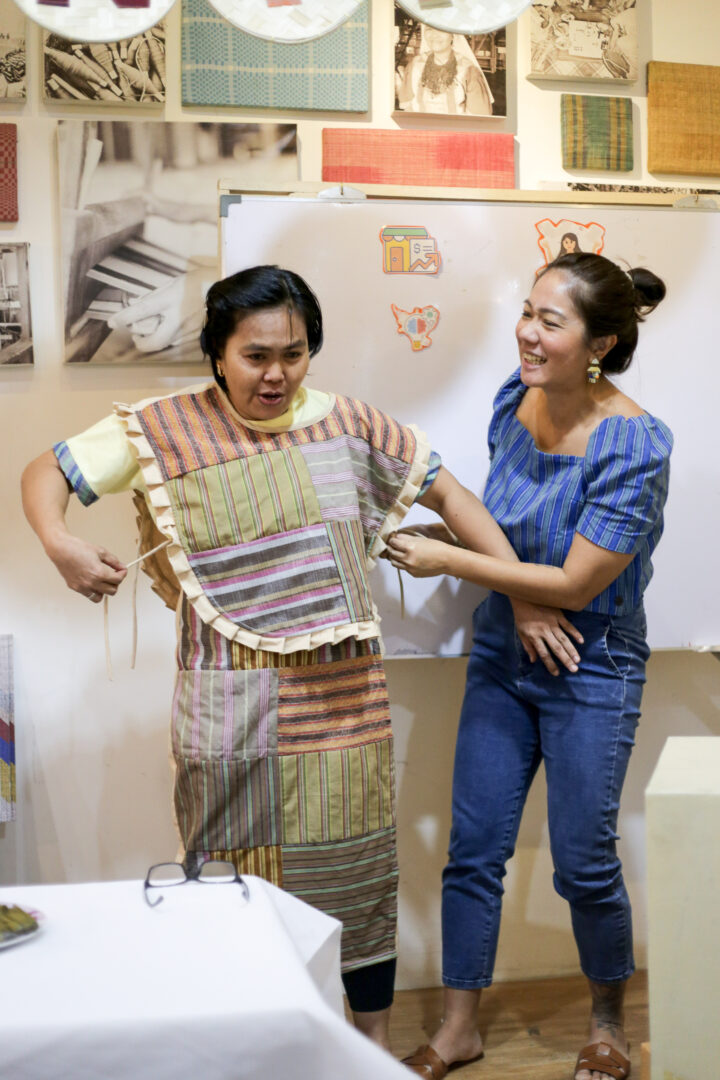
Q. What growth strategies can you share with other ASEAN #impact businesses?
Our success is our ecosystem model. We don’t work alone; our strength lies in stakeholder engagement. We invest in artisans, designers, production partners, and educate consumers.
Being a small business allows room for exploration, innovation, and creativity. When we fail, we fail fast – but it’s not as costly as big companies.
One of our mistakes in the past was saying yes to everything. But it also made us realize what we were good at and should focus on.
The biggest lesson of the pandemic was: do not get attached to your plans. But you always need to have the grace, flexibility, and excitement to receive or accept change and uncertainty.
Q. What support are you seeking from government and ecosystem builders?
First off, there’s the idea of a Social Procurement Law, like they have in Australia and the UK. It means that government agencies must allocate a certain percentage of their procurement to social enterprises.
Unfortunately, we don’t have that in the Philippines, because there’s this misperception that social enterprises can’t handle big volume. It’s a chicken-and-egg situation – they think we must build capacity first, and then such a law can be introduced. But then – in ANTHILL’s case, without our first big contract for uniforms for the Department of Budget and Management – we wouldn’t have been pushed to improve our capacity. Potentially serving a large client would push you to fix your systems and meet demand.
Second, if we could get the Social Enterprise Bill passed and have tax incentives for social enterprises, it would encourage more businesses to look into impact first, rather than as an afterthought.
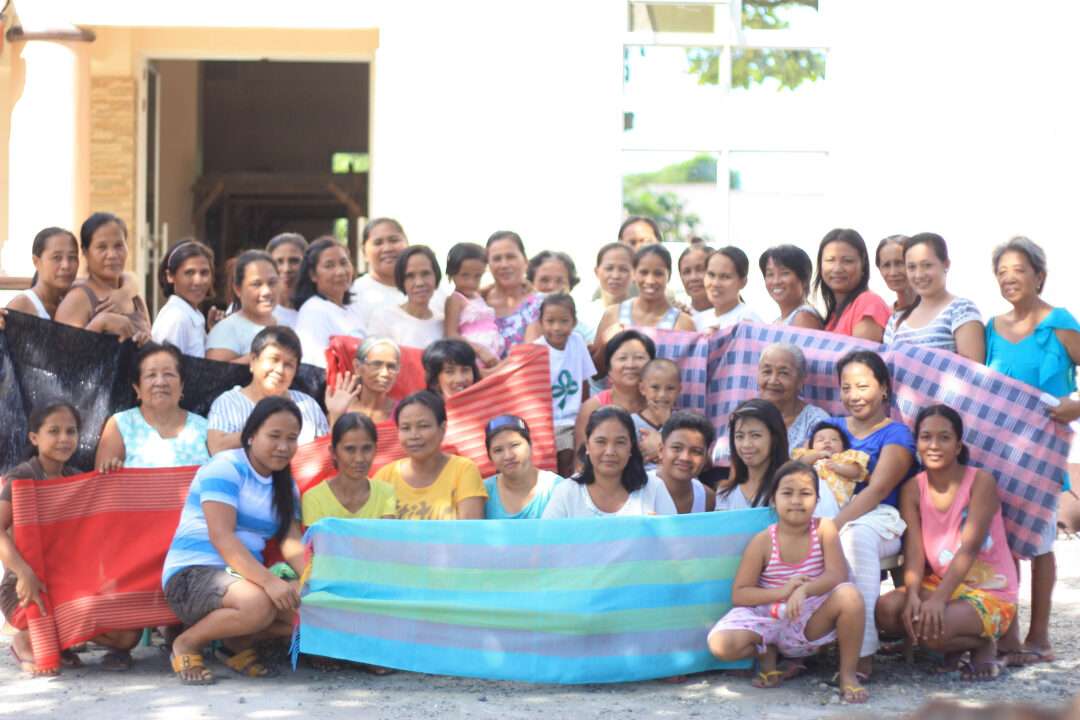
Businesses must understand that responsible profit is key. If we can educate businesses on this, they’ll educate consumers on responsible purchasing, and we’ll see a ripple effect in the market. But for now, it’s like CSR – just something companies do to offset their other activities.
Philippine Senator Bam Aquino was working on that, but it didn’t get through because of the lack of a strong definition of social enterprises. And maybe senate was worried that people would take advantage of the tax incentives, and everyone would claim to be social enterprises. Then the lack of a clear-cut definition of a “social enterprise” may be both the reason why it has not been passed and why it needs to be passed.
Q. What is ANTHILL’s goal for the coming years?
Prior to the pandemic, we had an impact investor aiming to make ANTHILL the first public social enterprise. Like many founders, I initially saw scaling up as the ultimate goal. The pandemic, however, shifted my perspective significantly.
I realized that what’s more important to me is not scaling up but scaling across. I’d rather have a deep impact on every person we work with than support a lot of people superficially. Seeing real-life changes, like an artisan sending her children to college or sleeping on a cushion for the first time, means more to me than numbers.
My dream is for Philippine textiles to be known worldwide and for non-Filipino designers to use them. Another big dream is for ANTHILL to become obsolete, meaning our artisans continue to thrive independently.
Social enterprises are powerful because their business models are centred on impact, and spreading this knowledge can solve bigger problems.
I want to share our model and see more ANTHILLs develop, improving the model to create a broader impact.
*Photos courtesy of Anya Lim.
Learn more about ANTHILL on their website: https://anthillmarkets.com/
Disclaimers: This article does not constitute the promotion of the featured business. Interviews have been edited for clarity and conciseness.
| #ImpactASEAN is an initiative by the ASEAN-Japan Centre to spotlight impact investment & sustainable finance ecosystem actors of ASEAN and Japan. The ASEAN-Japan Centre works as an Enabler collaborating directly with its counterparts to promote impact investment through seminars, collaborative workshops, company visits, and research publications among others. Be a part of the #imapct and send us an email at info_rpa@ajc-wp-preview.yucca-works.jp. |


